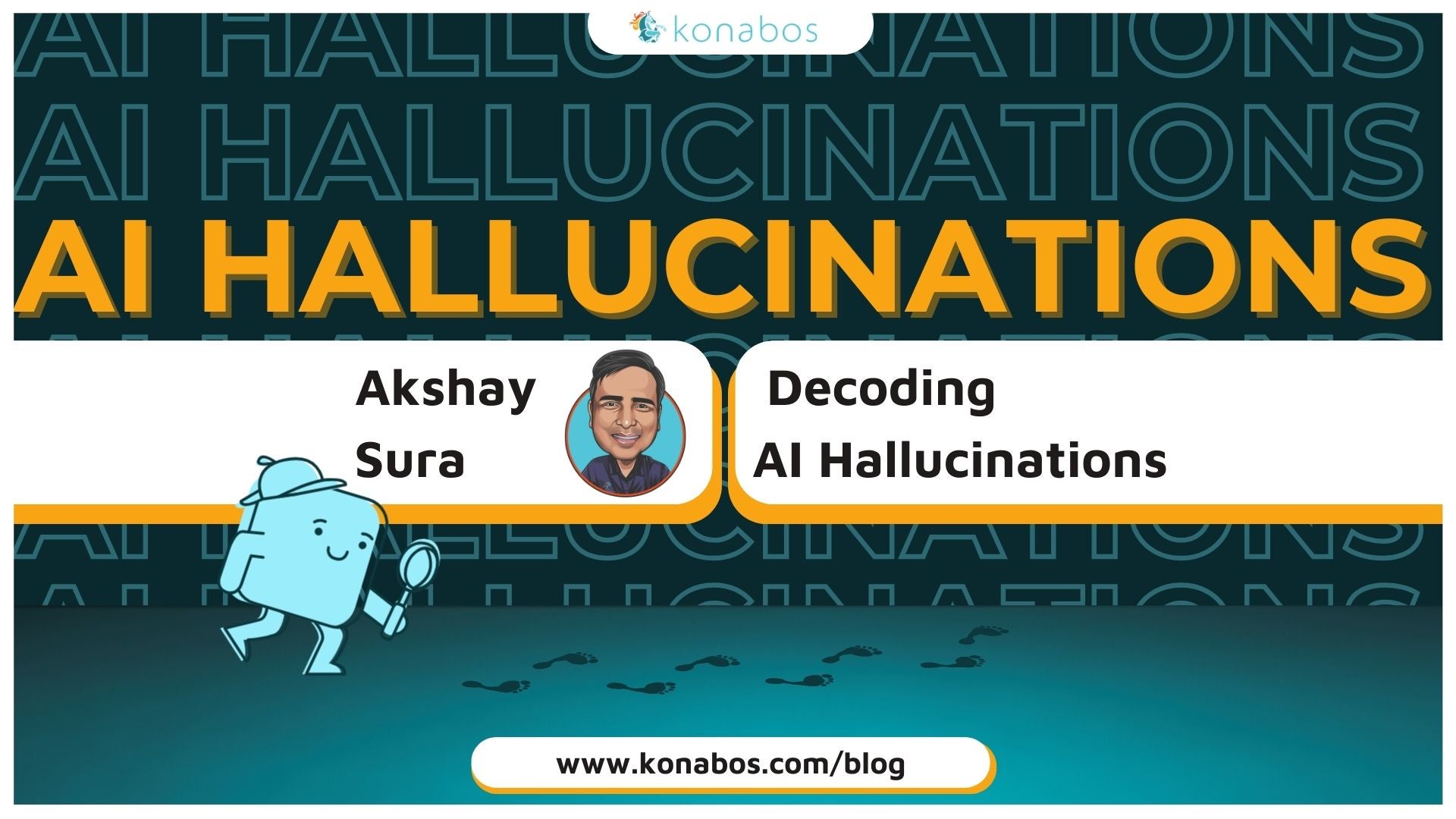Navigating the Mirage: Demystifying AI Hallucinations
Akshay Sura - Partner
16 Feb 2024
As society plunges into the ever-evolving realm of technology, Artificial Intelligence (AI) has emerged as a guiding light for innovation and efficiency. It has made its impact known in various sectors like healthcare and finance by completely changing how we interact with data and machines. Its capability to analyze, predict, and automate provides us with incredible opportunities, but it does come with some drawbacks — AI hallucinations.
Imagine navigating through a desert only to have your eyes trick you. Everything you see turns out to be blurry or false. This is precisely what happens when AI generates false or misleading information. Although they do present themselves as innovative tools, there are still times when these tools can be used against us. And this post explains everything you need to know about them.
The Core of AI Hallucinations
An AI hallucination occurs when a machine learning model generates or interprets information that isn't based on reality. It's not something they do on purpose, though! These illusions are often a freaky side-effect of the intricate learning process in AI models based on deep learning.
With an enormous amount of datasets being fed into systems, it can identify patterns over time and make predictions based on those patterns. But sometimes, the system draws spurious correlations or amplifies biases in their training data, leading to outcomes that can only be described as 'hallucinations.'
For example, if you ask a language model about historical events, the relevantly plausible output would be entirely fictional stories or factual inaccuracies. Alternatively, image recognition systems might misidentify objects in photos due to overfitting or underrepresenting certain features in the training data.
Implications & The Ripple Effect
These illusions don't just stop at being amusing quirks — they also affect data integrity and informed decision-making! In healthcare, precision is paramount since one wrong move could lead to incorrect diagnoses or treatment recommendations. In the financial world, it could result in flawed risk assessments or market predictions, which will have disastrous economic consequences.
The risks of hallucinations become increasingly dangerous as AI is integrated into autonomous systems such as self-driving cars. The whole point of these cars is to be able to drive and move around without human intervention. Still, with one misinterpreted traffic sign or an obstacle not being recognized, things can take a turn for the worse — quite literally!
Charting Through the Mirage: Addressing AI Hallucinations
So, how do we overcome the mirage? Well, thre's no clear-cut solution, but some strategies currently being explored are:
- Improving Data Quality and Diversity: This consists of diversifying training data as much as possible so that all scenarios and inputs can be accounted for.
- Model Transparency and Interpretability: Creating models that aren't just effective but interpretable as well goes a long way. By understanding why a model makes a certain prediction, it becomes easier to assess its reliability.
- Robust Testing and Validation: Implementing comprehensive testing strategies simulates real-world situations, which is crucial in identifying potential hallucinations before they're even deployed. Additionally, continuous monitoring and updating of AI systems is essential for adapting them to new information.
-Ethical AI Practices: Adopting ethical guidelines like fairness, accuracy, and accountability helps developers create resilient technologies and not fall victim to hallucinations.
In this new digital era, getting lost in the mirages of AI illusions is easy. However, these hallucinations remind us that human intelligence is complex and challenging to replicate. By understanding them, we can create strategies to mitigate their impacts and enable AI systems to grow without mimicking human flaws. The path toward achieving trustworthy AI will involve developers, ethicists, users, and many more collaborating on its creation.
AI hallucinations pose a massive challenge but also an incredible learning opportunity. With every mistake comes an opportunity for growth. This is why, as technology progresses, we must continue refining our work. You see the future of artificial intelligence holds exciting promises for a better world. A world where technology not only enhances our abilities but understands how humans think and feel as well.

Akshay Sura
Akshay is a nine-time Sitecore MVP and a two-time Kontent.ai. In addition to his work as a solution architect, Akshay is also one of the founders of SUGCON North America 2015, SUGCON India 2018 & 2019, Unofficial Sitecore Training, and Sitecore Slack.
Akshay founded and continues to run the Sitecore Hackathon. As one of the founding partners of Konabos Consulting, Akshay will continue to work with clients to lead projects and mentor their existing teams.



Share on social media